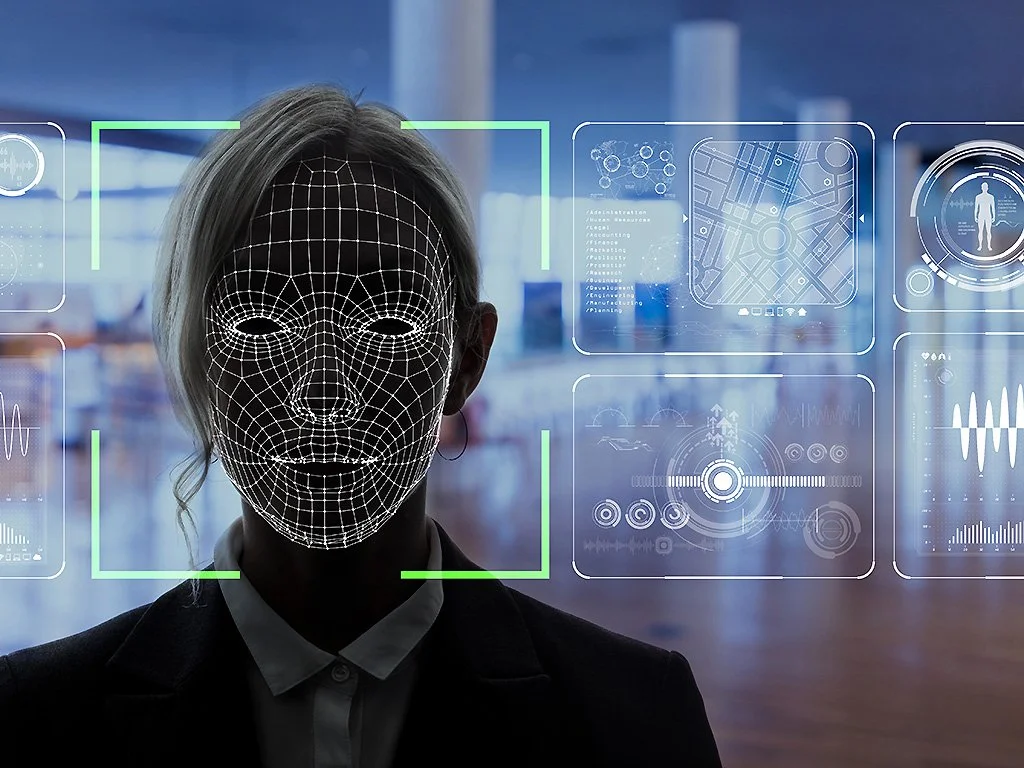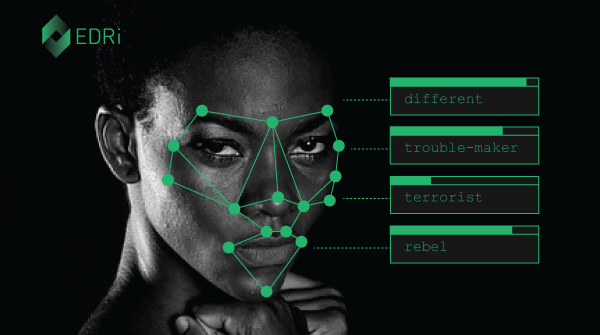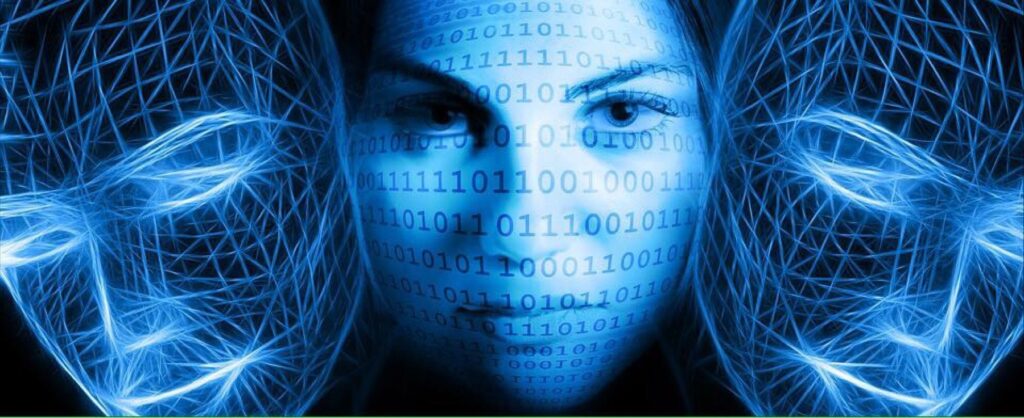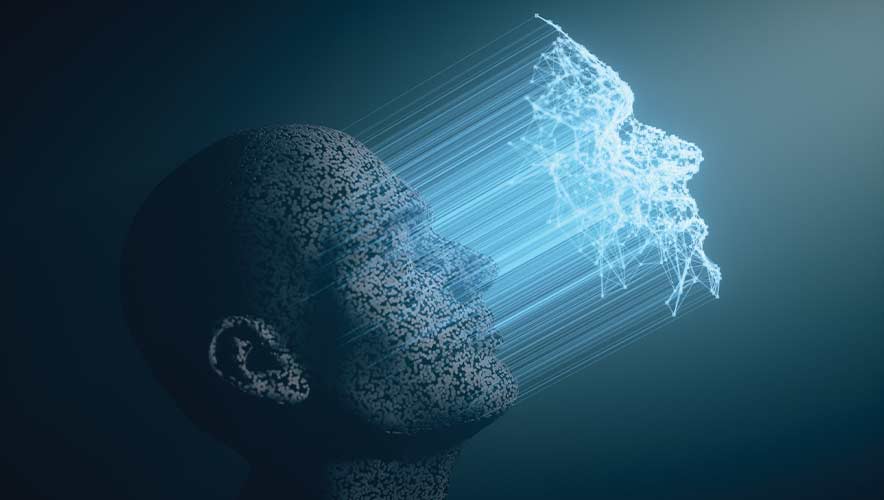Introduction: The Rise of Facial Recognition
Facial recognition technology is no longer something we see only in science fiction movies. It has become a part of our daily lives, whether we’re unlocking our phones, passing through airport security, or seeing personalized ads online. This technology uses artificial intelligence (AI) to identify and analyze faces from photos, videos, or in real time. While it has made our lives more convenient in many ways, its growing use has sparked serious ethical concerns.
In this article, we will explore how facial recognition technology works, its benefits, the ethical challenges it presents, and what the future might hold.

What is Facial Recognition Technology?
Facial recognition is a form of biometric technology that identifies people by analyzing their unique facial features, such as the distance between the eyes, the shape of the nose, or the contours of the jawline. The process involves:
- Detection: Locating a face in an image or video.
- Analysis: Mapping the facial features and turning them into a mathematical representation.
- Recognition: Comparing the data with a database to find a match.
This technology has seen massive growth in recent years, driven by advancements in AI and machine learning. Governments, businesses, and individuals use it for various purposes, but its widespread adoption raises critical ethical questions.
Benefits of Facial Recognition Technology
Facial recognition has several positive applications that make it a valuable tool:
1. Enhanced Security
Facial recognition is widely used for security purposes. Airports, for instance, use it to verify identities and speed up the boarding process. Law enforcement agencies use it to identify criminals and locate missing persons.
2. Convenience in Daily Life
We use facial recognition in everyday gadgets like smartphones. Unlocking your phone with a glance is faster and more secure than typing a password. Retailers also use the technology to create personalized shopping experiences for customers.
3. Medical Advancements
In healthcare, facial recognition can assist in diagnosing certain medical conditions, monitoring patients, or identifying people who cannot communicate verbally.
4. Pandemic Response
During the COVID-19 pandemic, facial recognition played a role in tracking mask compliance and monitoring people’s temperatures without physical contact.
While these applications are promising, they come with risks that cannot be ignored.

Ethical Concerns of Facial Recognition Technology
1. Privacy Invasion
One of the biggest concerns with facial recognition is privacy. The technology can be used to track individuals without their consent, such as through surveillance cameras in public places. This creates a sense of constant monitoring and raises questions about how much of our personal lives should be observed.
2. Mass Surveillance
Governments in some countries use facial recognition for mass surveillance, potentially suppressing freedom of expression and violating human rights. For example, it can be used to monitor protesters or dissenting voices, creating a chilling effect on activism and democracy.
3. Bias and Discrimination
Facial recognition systems are not always accurate, especially for people of certain races, genders, or ethnicities. Studies have shown that the technology often misidentifies people with darker skin tones, women, and non-binary individuals. This bias can lead to wrongful arrests, discrimination, or exclusion from services.
4. Data Security Risks
Facial recognition relies on storing sensitive data, such as facial scans, in databases. If these databases are hacked or misused, people’s biometric data could be exposed or stolen, posing serious security risks. Unlike a password, you can’t change your face if it gets compromised.
5. Lack of Transparency
Many users of facial recognition technology, such as corporations or government agencies, do not clearly explain how they collect, store, or use facial data. This lack of transparency makes it difficult for people to understand their rights and how their data is being handled.
The Future of Facial Recognition
Despite the ethical concerns, facial recognition technology is expected to grow even more in the coming years. Here are some potential developments and their implications:
1. Integration with Everyday Technology
Facial recognition is likely to become even more integrated into our daily lives. From smart homes that recognize family members to personalized digital assistants, the technology will make everyday tasks faster and more efficient.
2. Advancements in Security
Facial recognition will continue to improve security systems, making them more accurate and reliable. It may become the standard for authentication in areas like banking, government services, and border control.
3. AI and Bias Reduction
Researchers are working to make facial recognition systems more inclusive and less biased. Advances in AI and machine learning could help eliminate inaccuracies and ensure the technology works equally well for all people.
4. Stronger Regulations
As concerns about privacy and misuse grow, governments and organizations are likely to introduce stricter regulations. These may include requiring user consent for data collection, improving transparency, and penalizing misuse.
5. Ethical AI Development
Ethics will play a key role in shaping the future of facial recognition. Developers will need to prioritize fairness, transparency, and accountability to ensure the technology benefits society without harming individuals.

Striking a Balance: Ethics vs. Innovation
Facial recognition technology presents a dilemma: how do we balance its benefits with the need to protect individual rights? Here are some ways to address this challenge:
1. Clear Regulations and Guidelines
Governments should create clear laws to regulate the use of facial recognition. This includes requiring consent before data collection, limiting surveillance, and ensuring that the technology is not used to violate human rights.
2. Ethical Development
Companies developing facial recognition technology should prioritize ethical considerations. This includes addressing bias in algorithms, ensuring data security, and being transparent about how data is used.
3. Public Awareness
Educating people about how facial recognition works and its potential risks is essential. When people are informed, they can make better decisions about where and how their data is used.
4. Independent Oversight
Independent organizations or watchdog groups should monitor the use of facial recognition technology to ensure accountability and prevent misuse.
Conclusion: The Dual Face of Facial Recognition
Facial recognition technology is a powerful tool that has the potential to transform security, healthcare, and everyday life. However, it also raises serious ethical questions about privacy, surveillance, and fairness. The future of this technology will depend on how well we address these challenges.
By creating fair regulations, ensuring ethical development, and raising public awareness, we can harness the benefits of facial recognition while protecting individual rights. As we move forward, it is crucial to strike a balance between innovation and ethics, ensuring that this powerful technology serves humanity responsibly.


You must be logged in to post a comment.